Everything you ever wanted to know about Estonia’s most famous fashion.
Rahvariided, translated literally as “clothes of the people”, are folk costumes, and they are probably the most well-known fashion to emerge from Estonia. Unless you count the presidential bow tie. But that’s another story for another day.
A tradition centuries old, the folk costume is a hand stitched blend of linen and wool in assorted patterns and colours. Beautiful, ornate, intricate… itchy, and hot.
Today, they are mostly festive, intended for folk dancing, singing ensembles and celebrations. Centuries ago they were more common and included outfits ranging from lesser-quality everyday clothes (the jeans and hoodie of the time) to more intricate celebratory outfits.
Even in a small country like Estonia, they are localised with different regions corresponding to various designs. Today you may announce your locality with a Tartu University t-shirt and baseball cap, yesteryear you may have proclaimed your Tallinn origins with a floral pattern and indigo dye. Either way, nothing changes – one is attempting to proclaim geographical excellence over an inferior neighbouring locale.
But don’t bother trying to find rahvariided on the rack of your local department store. I doubt they will be featured in Vogue as the new chic attire for fall 2016. And you certainly never saw Carmen Kass, a famous Estonian supermodel, strutting down a Paris catwalk in a woollen below-the-knee skirt with thick white socks (personally, given the alternatives, I’m fine with that).
How to obtain a folk costume
So, to obtain a folk costume, one likely needs to know an Estonian grandmother with a particular talent, a surplus of linen fabric and woollen yarn in various colours, and several weeks of spare time. Not to mention the patience of, well, a saintly Estonian grandmother. And not only will she produce an intricate work of art doubling as festive attire, she will produce a story. She will tap her memory bank to produce new memories for the life of the costume (which can be prolonged with a generous helping of mothballs).
At the most basic, the outfit will include a billowy linen shirt accompanied by short trousers for men, or a skirt for the ladies. With those pieces in place, one is on their way toward Estonian folk costume elegance. But, we are not done yet – one will need to accessorise.
For instance, the costume will require an ornate woven belt to finish the look and, more practically (because undergarments are strictly optional), to counteract gravity. Tie it tight enough to save yourself embarrassment in public places, but loose enough to allow good circulation.
Every great costume needs some bling
Ah, and every great costume needs some bling. Enter the brooch, a beautiful mass of silver or other metals worn toward the top of the shirt. The adornments were typically circular, and either conical or flat, and included various designs. Common to both styles, however, is a securing pin that can cause serious masochistic damage if one is not careful while donning the brooch.
Next is a trip to the milliner for some headgear, typically a black top hat for men, or a head scarf or flower headpiece for the ladies. But, let’s not forget the lesson learned from the hatter of Lewis Carroll fame. If the hat maker is babbling about an underwater village of tiny Martians in his cup of tea, it could be a sign of high mercury content products. Smile politely, back away slowly, and go to the mercury-free hat store on the other end of town.
But don’t stop here. Some married ladies add an apron, you know, because kitchen-related stereotypes are apparently universal and timeless. Some gentlemen add a long coat to the mix. You know, because, some men gauge their self-worth based on the length of their coat.
Folk costume will induce an overwhelming urge to dance
Once you have your new apparel in place, finish the look with a pair of black practical leather shoes. For once donned, be warned, your folk costume will induce an overwhelming urge to dance.
Not just any dance though. We’re not talking the Nae Nae, but accordion-accompanied Estonian folk dance. These dances include circle and line dances and have names like kaerajaan, kiigetants (swing dance) and labajalg (tootsie). Think well-choreographed stories performed in a dizzying array of spins, leg kicks and arm movements – both a great form of art and exercise. But, for those with an extra left foot, also a wonderful spectator sport.
And there you have it, rahvariided in a nutshell… which is what non-Estonians might think you just crawled out of if you wear them in public. But pay no attention to the stares and quizzical expressions. Just blast some accordion music, grab a partner and dance the labajalg like you just don’t care.
I
Cover: Estonian women wearing traditional folk costumes. Photo by Katrin Winter.

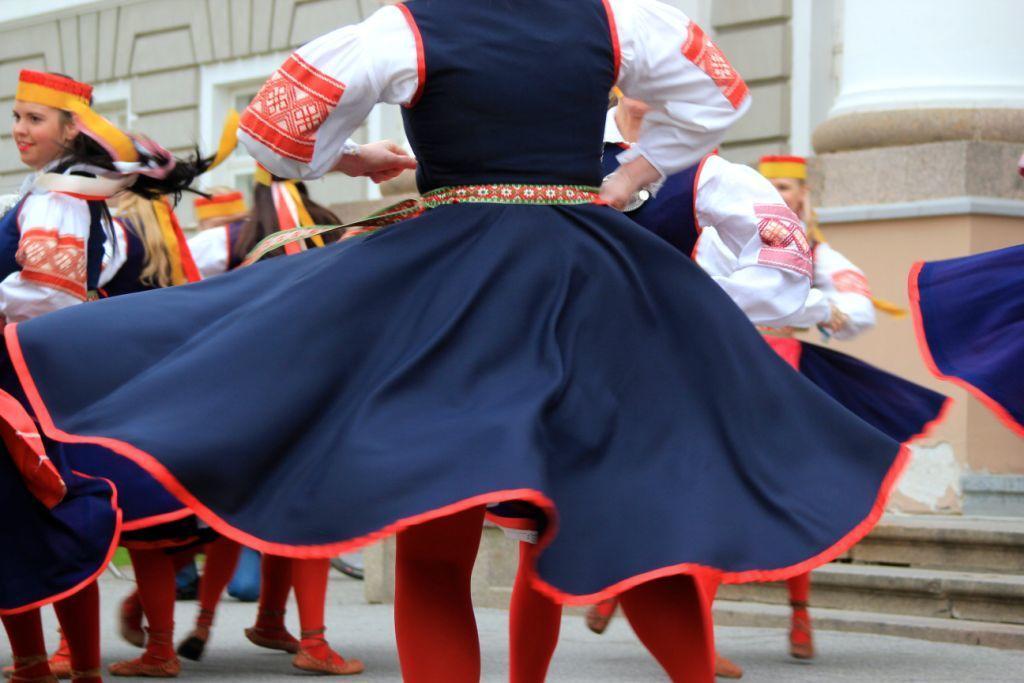
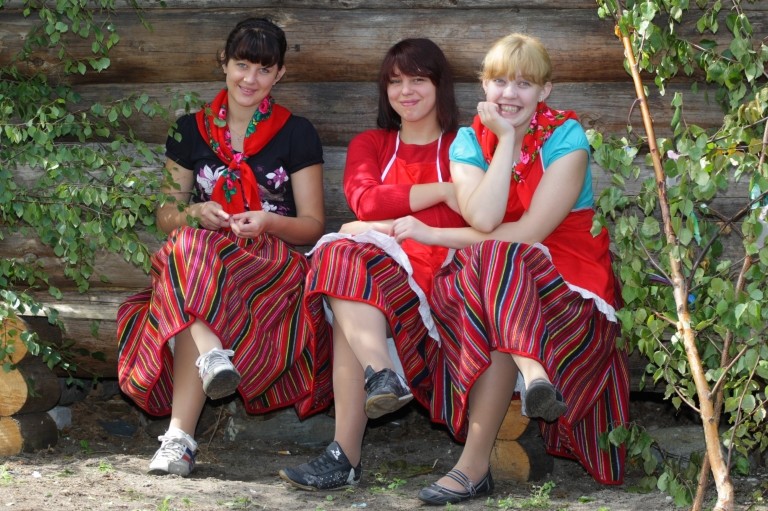

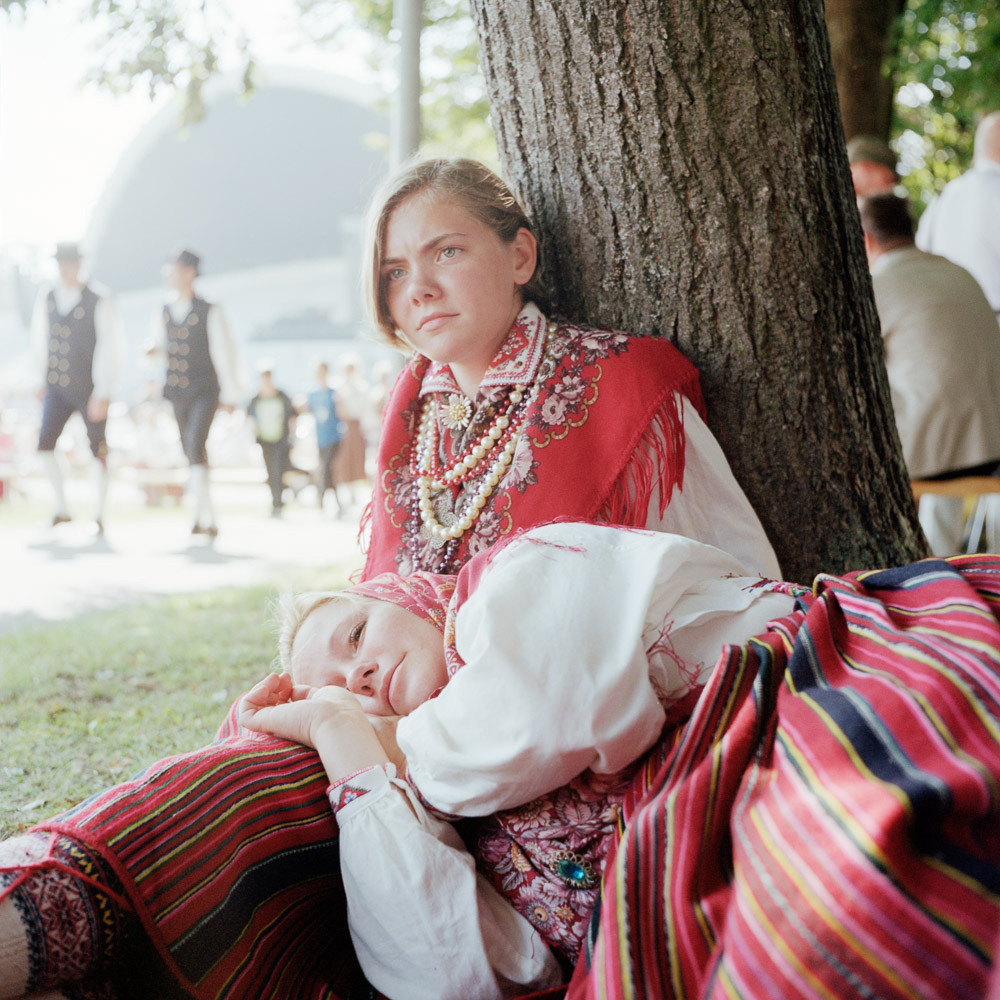
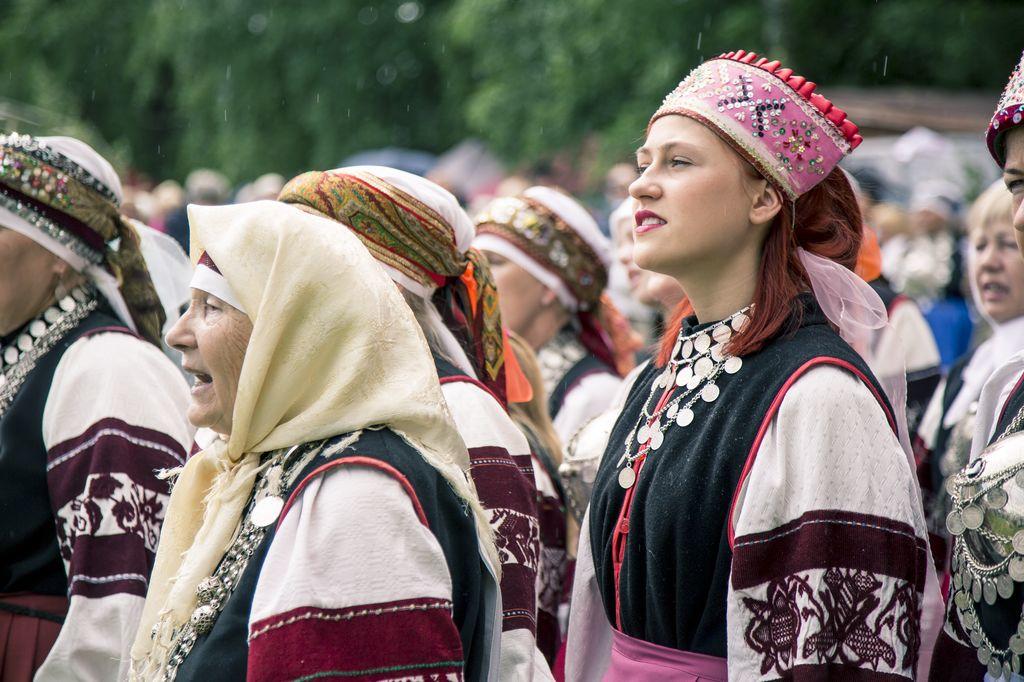

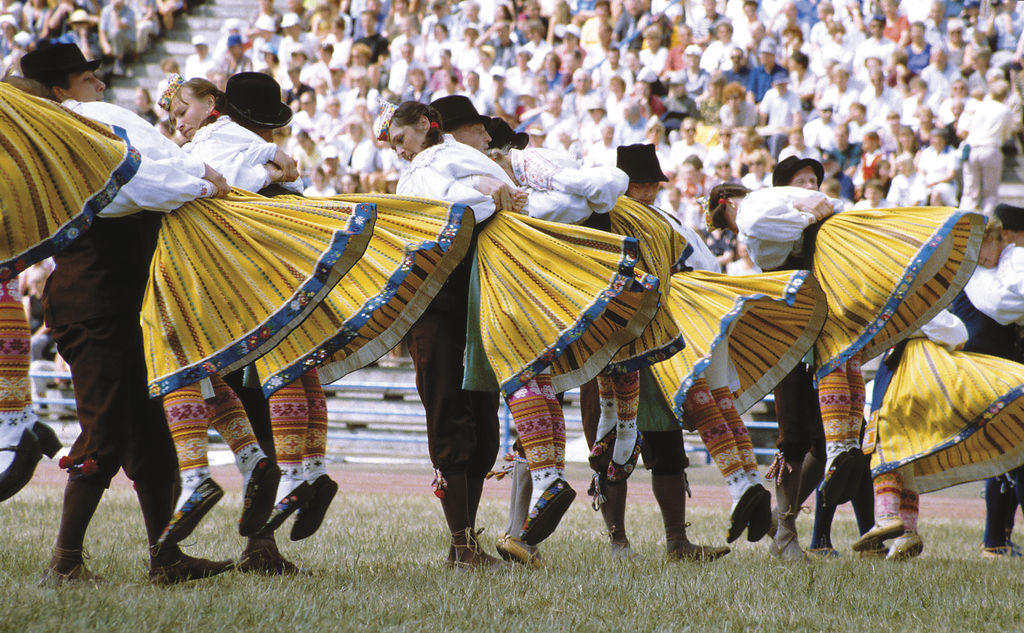
Yes!!! Thank you for this article! Have not seen rahvatants in quite a while but maybe soon somewhere like maybe, Estonia!!! Waddya think?
I had the problem that I am second generation – my parents, my grandparents, my uncles and aunts and older cousins, they were the immigrants from Estonia. They gifted me with Estonian – I speak it fluently, in fact I learned it before I learned English.
As to folk costume, the challenge for me is that which locality do I pick? My Mom is from Nõmme. My maternal grandmother is from the west coast, down near Pärnu. My father is from Pärispea. Some relatives are from Saaremaa or Setumaa. So what quaint clothing do I pick? 🙂
There are some great videos of old folk Estonian dances, going back to the 1920s and 1930s. They are wonderful to watch.